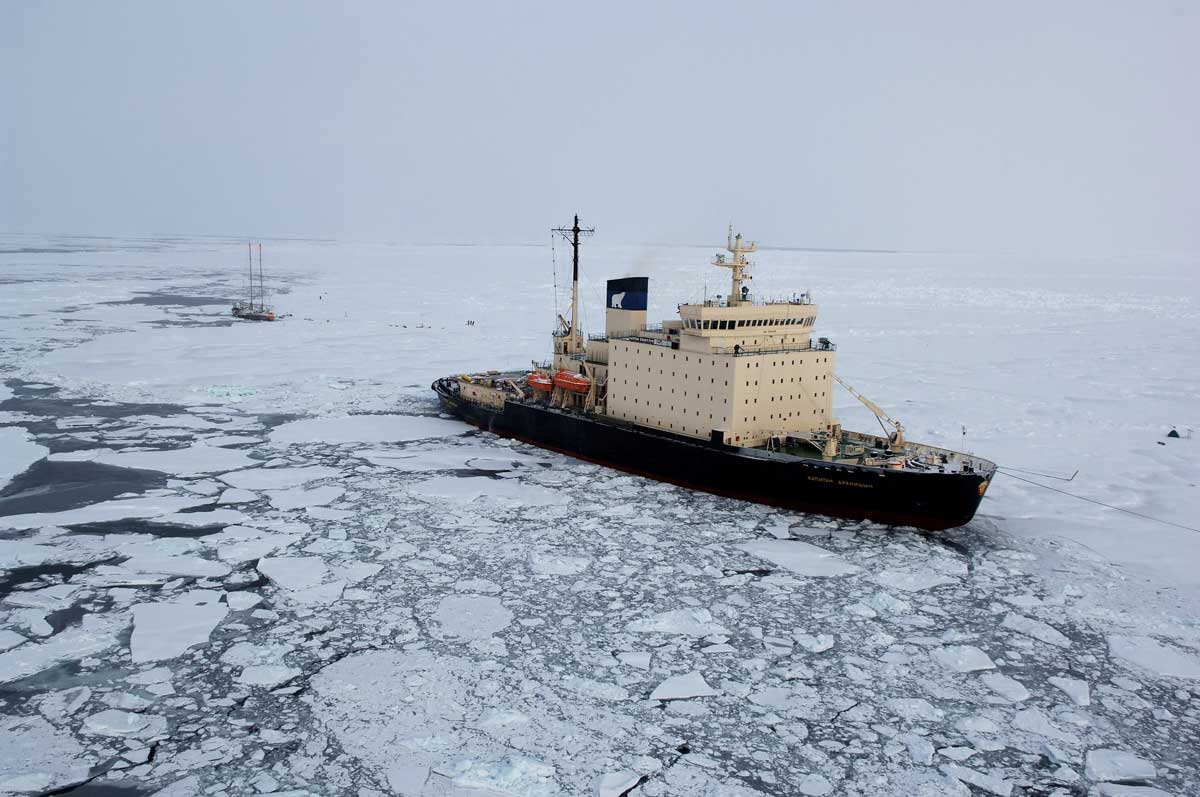China, in particular, has emerged as a prominent player in the Arctic, unveiling its ambitious plans for the region, including the development of the “Polar Silk Road”. China’s interest in the Arctic has rapidly grown over the past decade. From being a peripheral partner, China has become an active member of the Arctic Council, positioning itself as a “near-Arctic” state. In 2018, China released a white paper outlining its Arctic policy and its aim to build a Polar Silk Road. The Polar Silk Road refers to the navigable Arctic sea routes connecting North America, East Asia, and Western Europe, providing a shorter and more economically viable transportation option.
China’s involvement in the Arctic is driven by several strategic considerations. First and foremost, China seeks to secure access to the region’s abundant natural resources, including oil, gas, minerals, and non-living resources. According to reports by U.S Energy Information Administration, there is estimated 90 billion barrels of undiscovered oil and gas reserves in the Arctic Shelf making it an attractive prospect for resource extraction. Additionally, the melting of the Arctic ice cap due to climate change presents opportunities for increased shipping and trade routes, benefiting China’s economic interests. China’s Belt and Road Initiative (BRI), a massive infrastructure and trade development project, is closely linked to its Arctic ambitions. The Polar Silk Road is seen as an extension of the BRI, connecting Asia and Europe through the Arctic region. This initiative aims to facilitate connectivity, sustainable economic development, and social progress in the Arctic. China envisions participating in Arctic governance and leveraging the region’s changing dynamics to advance its national interests.
Russia, with its direct involvement and proximity to the Arctic, has become a key partner for China in the region. The two nations have collaborated on various projects, including liquefied natural gas (LNG) ventures, such as the Yamal LNG project on Russia’s Arctic coast. This collaboration allows China to meet its growing energy demands and secure access to the abundant gas resources in the region. It also establishes a foundation for further cooperation along the Polar Silk Road. The Arctic’s economic potential is significant, with the opening of new maritime routes and the exploitation of untapped resources. The North Sea Passage, one of the main maritime routes in the Arctic, offers reduced shipping distances between Europe and Asia, resulting in cost and time savings. China, recognizing the economic profitability of the region, is keen to leverage these opportunities through investments in infrastructure, ports, and logistics. Russia, on the other hand, sees the Arctic as a means to boost its economy through increased trade and resource extraction.
China’s growing presence in the Arctic has geopolitical implications, particularly for other major players in the region, such as the United States and Russia. China’s pursuit of economic and strategic interests in the Arctic has led to concerns among Western nations about its intentions and influence in the region. The United States, in particular, views China’s Arctic ambitions as a potential challenge to its own geopolitical position. The evolving geopolitical landscape in the Arctic calls for a nuanced understanding of the interests and actions of all key stakeholders. The rapid changes in the Arctic have raised environmental concerns and highlighted the need for sustainable practices and responsible governance. The fragile Arctic ecosystem is at risk due to increased exploration and exploitation activities. China, as a major stakeholder in the region, should acknowledges the importance of protecting the environment and addressing climate change.
China’s emergence as a prominent player in the Arctic and its development of the Polar Silk Road signify its ambitious geopolitical aspirations. China’s engagement in the Arctic is a reflection of its broader global ambitions and its desire to shape the world order. Understanding China’s Arctic strategy is crucial for comprehending the evolving dynamics of international politics and the balance of power in the twenty-first century. The success of China’s Arctic strategy will depend on its ability to navigate geopolitical complexities, address environmental concerns, and forge partnerships with other Arctic nations. The United States, Russia, and other Arctic nations are closely monitoring China’s activities and its growing presence in the region.As the Arctic continues to transform, the world watches closely to see how China’s ambitions unfold and shape the future of the region.
